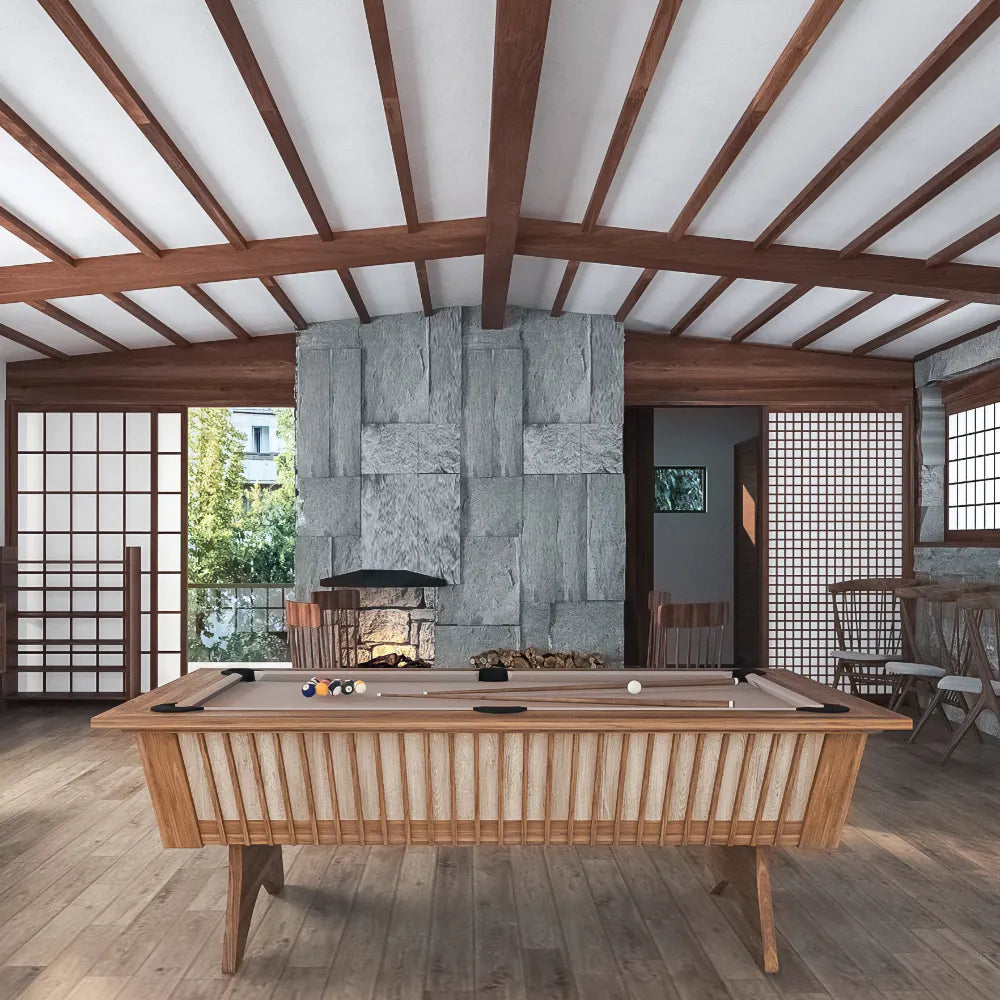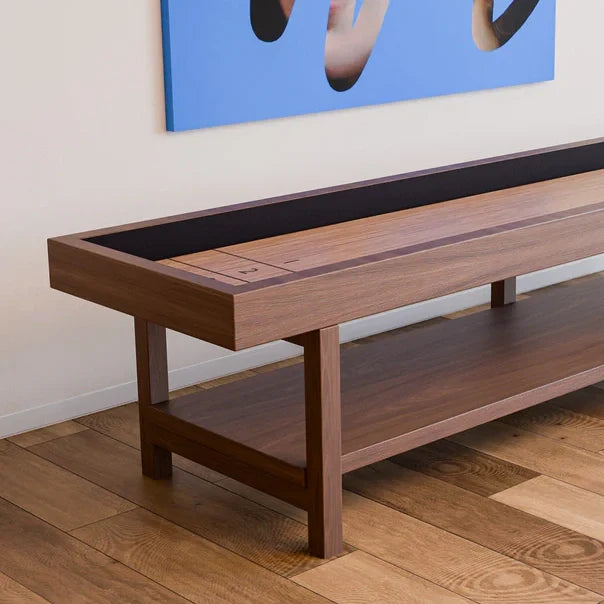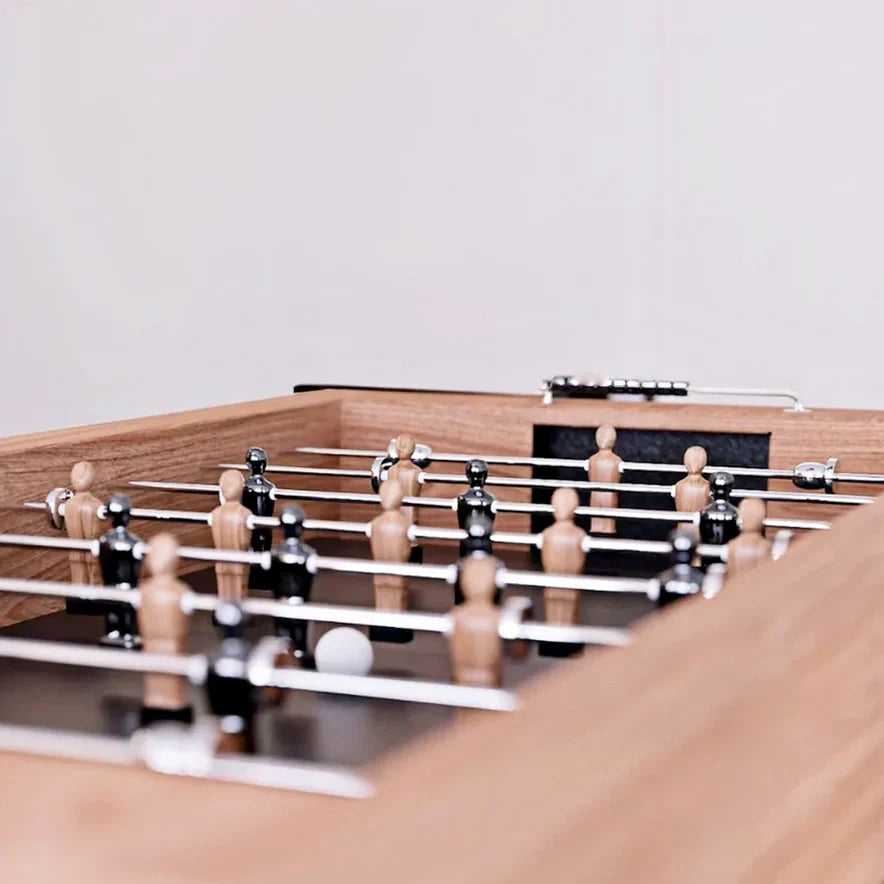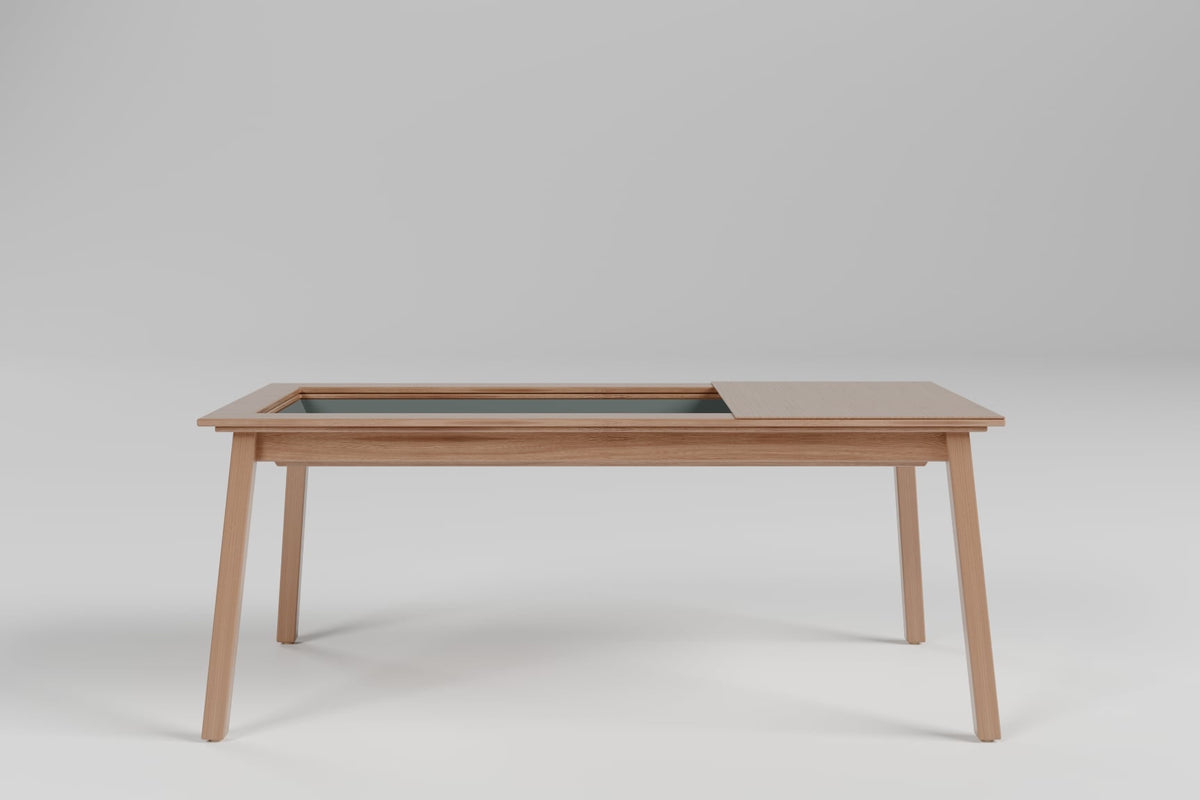A pool table is more than a game—it’s a statement piece, a heirloom, and a marvel of craftsmanship. But with prices ranging from a few thousand dollars to over $1 million, many wonder: What justifies such steep costs? The answer lies in a blend of artistry, physics, and luxury that transforms these tables into functional masterpieces.
The Anatomy of Expense: Breaking Down the Costs
1. Premium Materials: The Foundation of Quality
The foundation of a high-end pool table is its slate bed, typically sourced from brazil or sometimes Italy and precision-ground to ensure a perfectly flat surface. Slate’s density and durability make it the gold standard for professional play, but it’s heavy (up to 1,000 pounds) and costly to mine and transport. Pair this with frames crafted from solid hardwoods like oak, mahogany, or African bubinga—exotic woods prized for their strength and beauty—and material costs climb. Even the felt matters: worsted wool cloth, used in tournament-grade tables, ensures smooth ball rolls and costs $150–$600 to replace.
2. Artisan Craftsmanship: Hours of Skilled Labor
Bespoke pool tables are not mass-produced. Instead, they’re handcrafted by artisans who spend weeks assembling components like rails, pockets, and decorative inlays. For example, Amish-made tables from specialist workshops feature 1-inch framed slate and customizable finishes, requiring meticulous attention to detail. Custom pool table manufacturers employ decades-old techniques to ensure tables meet professional standards, with some models taking over 100 hours to build.
3. Customization and Exclusivity
From NFL team logos to gold-leaf carvings, bespoke designs elevate prices. Some companies offer tables branded with college or military insignias, while high-tech models integrate LED projectors and sensors for interactive gameplay. Some pool tables the like self-leveling yacht tables priced in the tens of thousands.
4. Brand Legacy and Performance
Heritage brands with centuries-old reputations command premium prices due to their history of durability and tournament-grade engineering. Professional-grade tables used in leagues worldwide are engineered for precision, with reinforced frames and patented cushion systems that ensure consistent play.
5. Hidden Costs: Installation and Maintenance
A pool table’s journey doesn’t end at purchase. Professional installation, required to level slate beds and align rails, adds $400–$1,500. Over time, re-felting, cushion replacements, and climate control (to prevent warping) contribute to long-term upkeep.
The Luxury Factor: More Than a Game
Pool tables have long symbolized status. Antique models, like those commissioned for royalty in the 19th century, blend historical significance with intricate craftsmanship. Modern iterations made from endangered hardwoods or embedded with cutting-edge technology double as art pieces. For the those who can afford it, owning a pool table isn’t just about play—it’s a statement.
FAQ:
Q: Why are pool tables so hard to move?
A: Slate beds weigh 450–1,000 pounds, and disassembling them requires skilled labor to avoid damaging the playing surface or frame. Professional movers are often essential, adding to relocation costs.
Q: How long does a pool table last?
A: A slate table can endure 50+ years with proper care, while MDF or wood tables may last 10–20 years. Regular maintenance, like replacing felt every 2–3 years depending on player time, is key.
Q: Can I save money by buying used?
A: Yes! High-quality used tables ($1,000–$3,000) are cost-effective if inspected for warping, slate cracks, or cushion wear. Retailers specializing in reconditioned models often offer warranties.





0 comments